There are more than 10000 to 12000 species of grass around the world. However, in this article, we are going to cover the most common types of grass in the United States, Canada, Australia, New Zealand, Ireland, and the United Kingdom. In fact, you will get many amazing facts, figures, and tips related to grass. If you are very passionate about lawn care, then do not miss any part of this resourceful content. Keep reading on to know the most comprehensive guide on grass.
Types of Grass for Lawn: According to The Season
We can classify different types of grass depending on the different types of season.
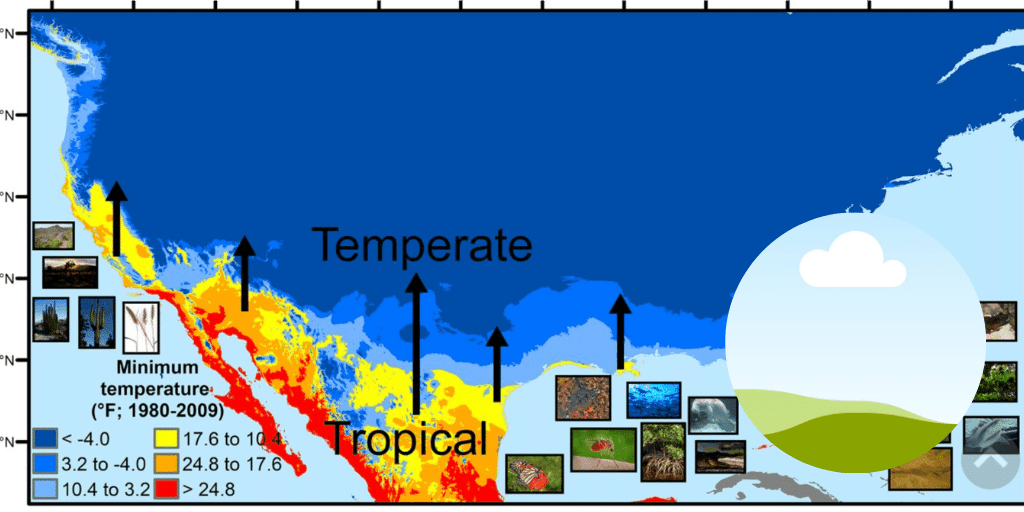
- Transition Zone Grass
- Warm Season Grass
- Cool Season Grass
Transition Zone Grass
A transitioning lawn is one that is in the process of moving from one type of grass to another. The most common type of transition is from cool-season grass to warm-season grass. Basically, the temperature rises and falls dramatically in the transition zone area.
The first thing to consider when choosing grass for the transition zone is the climate. The transition zone is located in the southern United States and has a climate that is somewhere between the cold winters of the north and the hot summers of the south. This means that the grass that grow well in the transition zone must be able to withstand both cold and hot temperatures.
There are two types of grass that are commonly used in the transition zone: fescues and bluegrass. Fescues are a type of cool-season grass that is known for its ability to withstand cold temperatures. Bluegrass are a type of warm-season grass that is known for its ability to withstand hot temperatures.
The best grass for the transition zone is a mix of both fescues and bluegrass. This type of grass is known as a transition zone grass mix. The mix of these two types of grass helps to create a lawn that is both tough and beautiful.
If you are looking for tough grass that can withstand both cold and hot temperatures, then a transition zone grass mix is the best choice for you.
Warm Season Grass
Warm-season grass are grass that grow best in warm weather. They are often used in lawns and gardens in warm climates.
Some common warm-season grass include Bermuda grass, centipedegrass, and zoysia grass. These grass typically have a deep green color and a coarse texture. They are also known for being drought-tolerant and resistant to pests and diseases.
Warm-season grass typically go dormant in the winter, meaning they will turn brown and stop growing. This is normal and they will green up again in the spring when the weather warms up.
If you live in a warm climate and are looking for grass to use in your lawn or garden, consider warm-season grass. These grass are tough and can tolerate the heat and humidity of summer, making them a great option for those who live in warm climates.
Cool Season Grass
If you’re looking for grass that will stay green and lush all year long, you’re out of luck. But if you’re willing to deal with a little bit of browning in exchange for a lower maintenance lawn, then a cool-season grass is a good option for you.
Some popular cool season grass include Kentucky bluegrass, fine fescue, tall fescue, and perennial rye. These grass are hardy and can withstand colder temperatures and less sunlight than warm season grass. They also don’t need to be mowed as often.
One downside to cool season grass is that they go dormant in the summer heat and can turn brown. But if you’re willing to deal with a little bit of browning, cool-season grass are a good option for a low-maintenance lawn.
What are the most common types of grass for lawns?
There are many types of grass, and they are an important part of the ecosystem. They provide many benefits to the environment; such as providing food and shelter for many animals, and they also help to keep the soil in place.
Each type of grass has its own unique characteristics, and they can all be used for different purposes. For example, Bermuda grass is often used in golf courses, because it is able to withstand a lot of wear and tear. Bluegrass is a popular choice for lawns because it has a beautiful blue-green color.
Some of the most common types of grass include:
-Bermuda grass
-Buffalo grass
-Fescue
-Kentucky bluegrass
-Ryegrass
-St. Augustine
-Tall fescue
-Zoysia
Bermuda grass
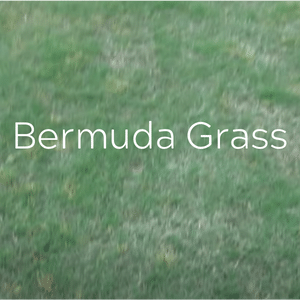
Bermuda grass is warm-season grass commonly used in lawns, golf courses, and athletic fields. It is tough, resilient grass that can withstand heavy traffic and tolerate drought and heat. Bermuda grass is a fast-growing grass that spreads by above-ground stolons, or runners, and forms a dense, mat-like turf. It is a low-maintenance grass that requires little fertilizer and is resistant to most pests and diseases. Bermuda grass is a popular choice for lawns because of its ability to withstand wear and tear, low maintenance requirements, and attractive green color.
Buffalo Grass
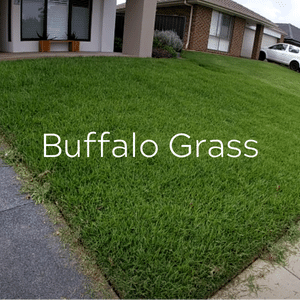
Buffalo grass is a perennial grass that is native to North America. It is a low-growing grass that is often used in lawns and gardens. The grass is tolerant of drought and cold, and it is also resistant to many diseases and pests. Moreover, Buffalo grass is a low-maintenance grass. In fact, it doesn’t require a lot of fertilization or watering.
Fescue
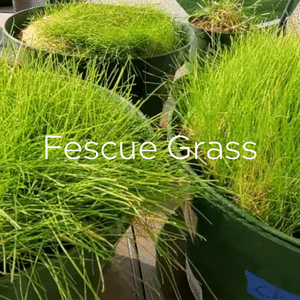
If you’re looking for a versatile, hardy turfgrass, look no further than fescue. This grass is perfect for a variety of applications, from home lawns to golf courses. Fescue is a cool-season grass, which means it thrives in cooler temperatures and goes dormant in the heat of summer. This makes it a great choice for areas with hot summers, like the southern United States. Fescue is also tolerant of shade, so it’s a good option for shady areas that other grass won’t grow in.
There are many different types of fescue, each with its own unique characteristics. Fine fescue is a low-growing variety that is often used in lawns and ornamental plantings. It has a very fine texture and a deep green color. Tall fescue is a taller-growing variety that is often used in pastures and meadows. It has a coarser texture and a lighter green color.
No matter what type of fescue you choose, you can be sure it will be durable, low-maintenance grass that will look great for years to come.
Kentucky Bluegrass
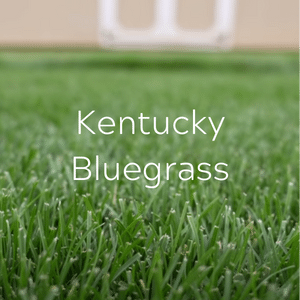
Kentucky bluegrass (Poa pratensis) is a perennial grass native to North America, Asia, and Europe. It is one of the most common grass in Kentucky, where it is known as “bluegrass” or “meadow grass”. It is also common in the United States, where it is used as turfgrass.
Kentucky bluegrass is a cool-season grass, meaning it grows best in the spring and fall. It is a hardy grass, meaning it can tolerate a wide range of conditions, including drought and cold weather. Kentucky bluegrass is also a perennial grass, meaning it will come back year after year.
Kentucky bluegrass is a popular turfgrass because it is attractive and relatively easy to care for. It is also a popular grass for hay and grazing. Kentucky bluegrass is a versatile grass that can be used in a variety of ways.
Ryegrass
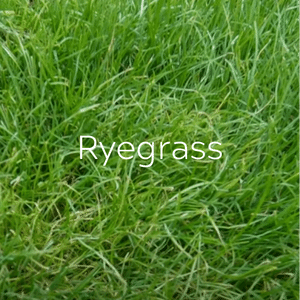
Ryegrass (Lolium perenne) is grass that is commonly used in lawns, pastures, and turf. It is a hardy grass that can withstand a variety of conditions, which makes it a popular choice for many homeowners and farmers.
Ryegrass is a cool-season grass, which means it grows best in temperatures that are between 60 and 75 degrees Fahrenheit. It can be found in a variety of colors, including green, blue, and purple. Ryegrass is a perennial grass, which means it can live for more than two years.
Ryegrass is known for its ability to tolerate heavy traffic and wear. It is also resistant to many diseases and pests. Ryegrass is a fast-growing grass that can quickly fill in any bare spots on a lawn.
Ryegrass is a versatile grass that can be used in a variety of settings. It is a popular choice for homeowners who want a low-maintenance lawn. The grass is also used on golf courses, parks, and other commercial settings.
If you are considering planting Ryegrass, there are a few things to keep in mind. The grass does best in well-drained soil. It also needs full sun to grow well.
St. Augustine
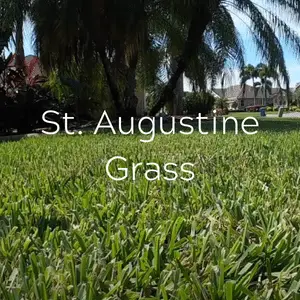
St. Augustine grass is a warm-season turfgrass that is popular for use in lawns, parks, and golf courses in the southern United States. It is a hardy grass that is tolerant of heat, humidity, and heavy foot traffic. St. Augustine grass is a fast-growing grass that can quickly cover bare spots on a lawn. It is a deep-rooted grass that helps to prevent soil erosion. St. Augustine grass is a relatively low-maintenance grass, but it does require more water than some other types of turfgrass.
Tall fescue
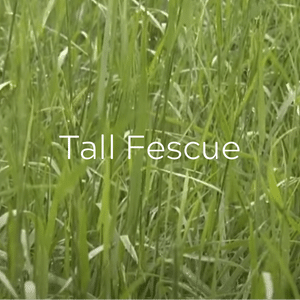
Tall fescue is a grass that is commonly found in the United States. It is a hardy grass that can tolerate many conditions, making it a popular choice for lawns and pastures. Tall fescue is a cool-season grass, meaning it grows best in the spring and fall. It is a vigorous grass that can crowd out other plants, so it is important to keep it trimmed. Tall fescue is a drought-tolerant grass, but it will benefit from supplemental watering during periods of extended dry weather.
Zoysia
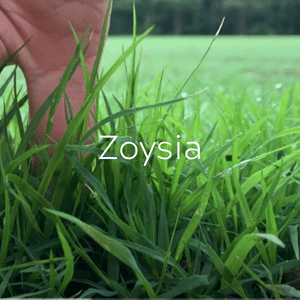
The Zoysia grass is a dense, fine-textured turfgrass that is popular in warm climates. It is tolerant of high temperatures and drought, making it a good choice for areas that receive little rainfall. Zoysia grass is also resistant to many common lawn pests, such as chinch bugs and sod webworms.
Zoysia grass is a slow-growing grass, so it does not need to be mowed as often as other types of turfgrass. It can also be mowed short, which makes it a good choice for areas that are used for activities such as golf or tennis.
Zoysia grass is a warm-season grass, so it goes dormant in the winter. It will turn brown and stop growing when the temperatures start to cool in the fall. You can fertilize this grass in the spring and summer to keep it healthy and green.